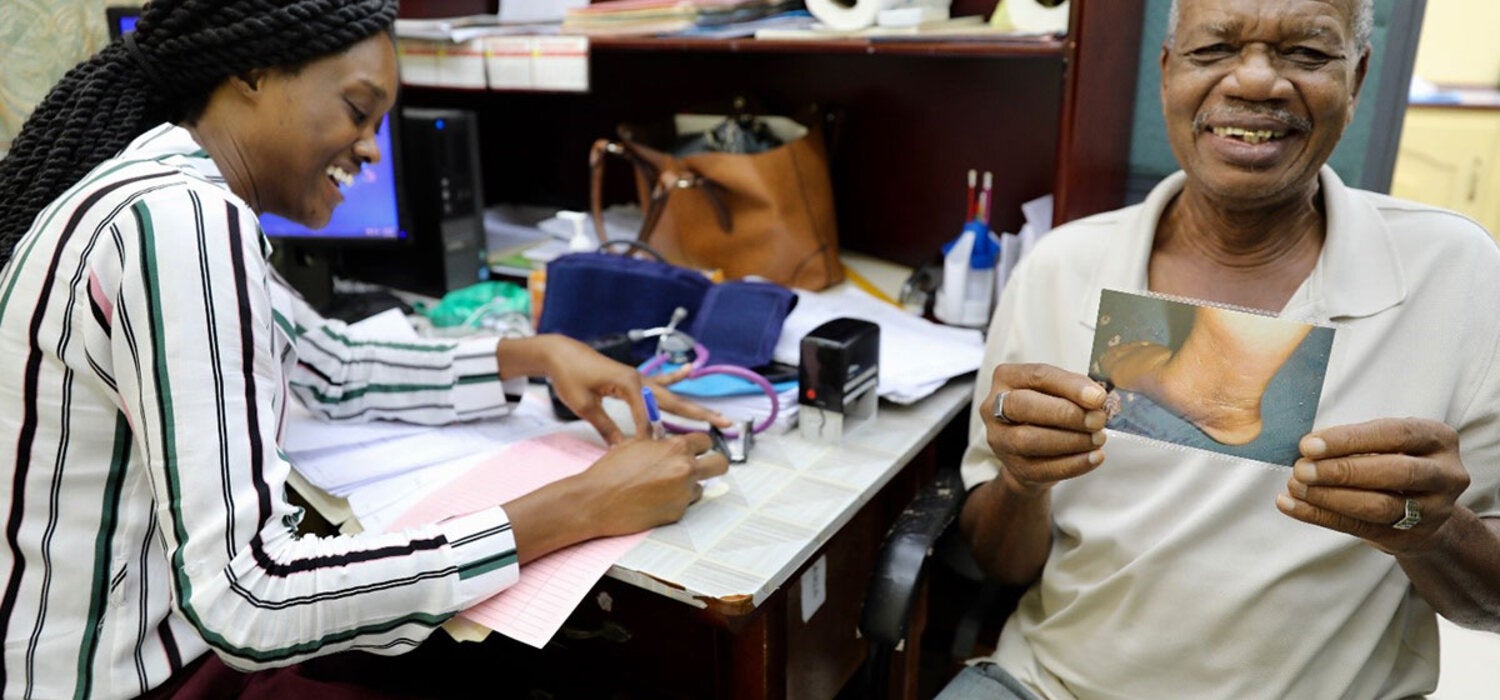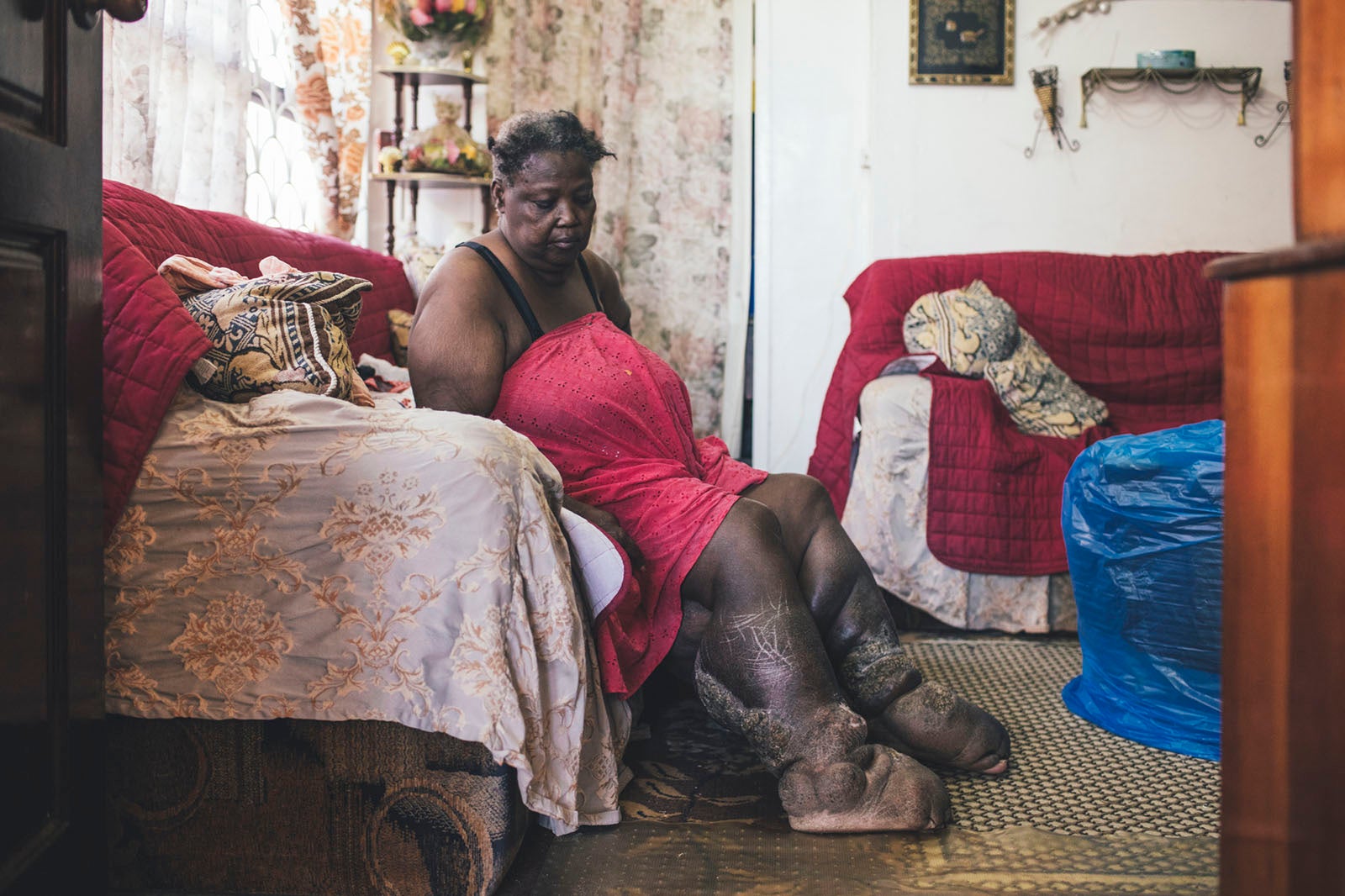Given that Haiti has the highest poverty index and the worst health indicators in the Western Hemisphere, it is not surprising that the country has the highest burden of lymphatic filariasis in the Americas. “Filariasis is associated with extreme poverty,” Steven Ault, Ex Senior Advisor of the PAHO Regional Neglected Infectious Diseases Program, explained.
“This disease was imported from Africa during the slavery era, but as the countries in the Americas prospered, it began to disappear.” Political crises, hurricanes, the devastating earthquake of 2010, and the subsequent cholera epidemic are some of the many challenges that the population of this Caribbean country has had to face in fighting lymphatic filariasis and other infections. However, Haiti’s National Program to Eliminate Lymphatic Filariasis (NPELF) has been recognized as a successful model of implementation and sustainability.
The chief strategy for combating the disease is the mass administration of antiparasitics to the population in endemic communities.
The NPELF was implemented in year 2000 to interrupt the transmission of lymphatic filariasis and reduce the suffering of patients with chronic symptoms. The chief strategy for combating the disease is the mass administration of antiparasitics to the population in endemic communities, covering the entire at-risk population, with the exception of pregnant women and children less than 2 years old.
The program began as a pilot project to eliminate lymphatic filariasis by providing drugs in the coastal area of Léogâne, one of the areas most affected by the disease. Based on that experience, the program was expanded to other regions of the country, reaching almost the entire country by 2011, an achievement that has been sustained since then.
Haiti’s Ministry of Public Health and Population has directed the program’s technical and operational aspects, and international organizations RTI, IMA World Health and the University of Notre Dame in the United States have coordinated mass drug administration.
These two organizations distribute and maintain a record of the doses of antiparasitics donated through WHO and administered in schools, churches, and other meeting places. A group of specially trained volunteers is in charge of this effort. The group is also responsible for communicating health messages to the population and organizing social inclusion workshops for affected persons. “I have seen people who can’t find shoes to fit their feet, or whose family abandoned them because of their deformity. This does not need to happen,” explains Jean Frantz Lemoine, head of the NPELF.
However, representatives from IMA World Health and the University of Notre Dame agree that based on their experience in the field the greatest obstacle to eliminating the disease is insufficient funding for expanding coverage of mass drug administration, and treating chronic morbidity. “There are surgical interventions to eliminate lymphatic liquid from the scrotum. If the legs are affected, we teach them to wash them every day, as well as raising the legs to reduce swelling and prevent ulcerations and foul odor,” says Luccene Desir of the University of Notre Dame’s Hospital St. Croix.
Even if the transmission of lymphatic filariasis is interrupted, people with disabilities caused by the disease will still require treatment. Meeting these challenges requires committed partners, a continuing focus on fundraising, and new intervention strategies that help address other NIDs, such as STHs, at the same time.
Related Links
- Health Topic: Lymphatic Filariasis
- Health Topic: Vectors: Integrated management and public health entomology



